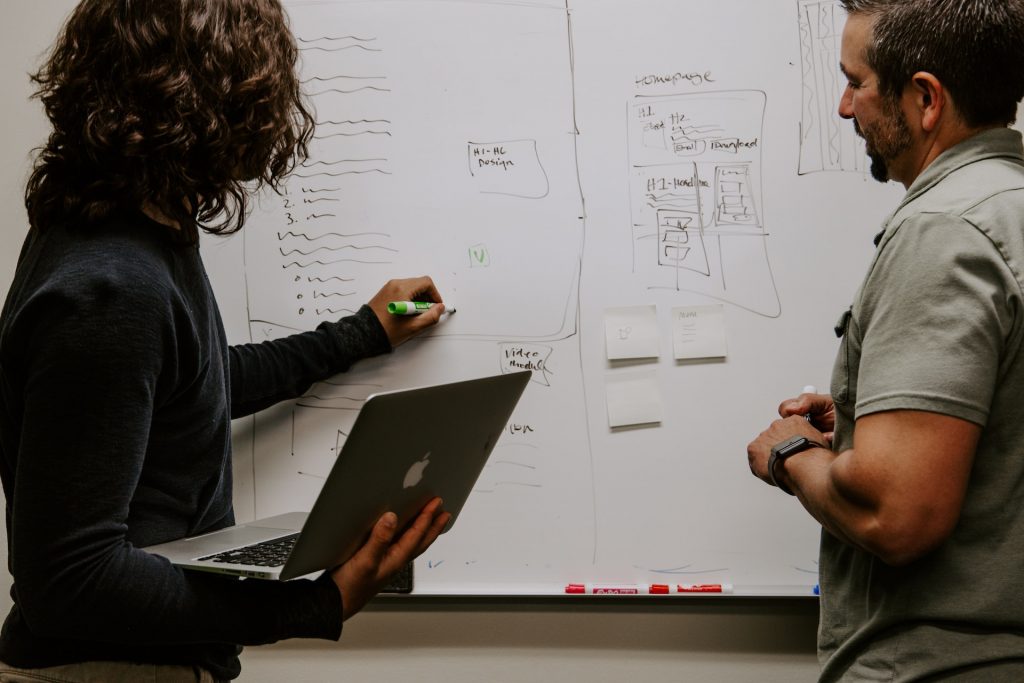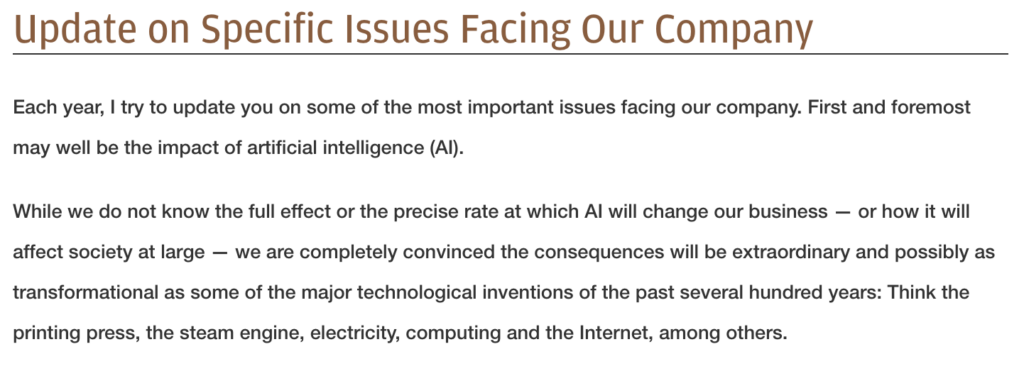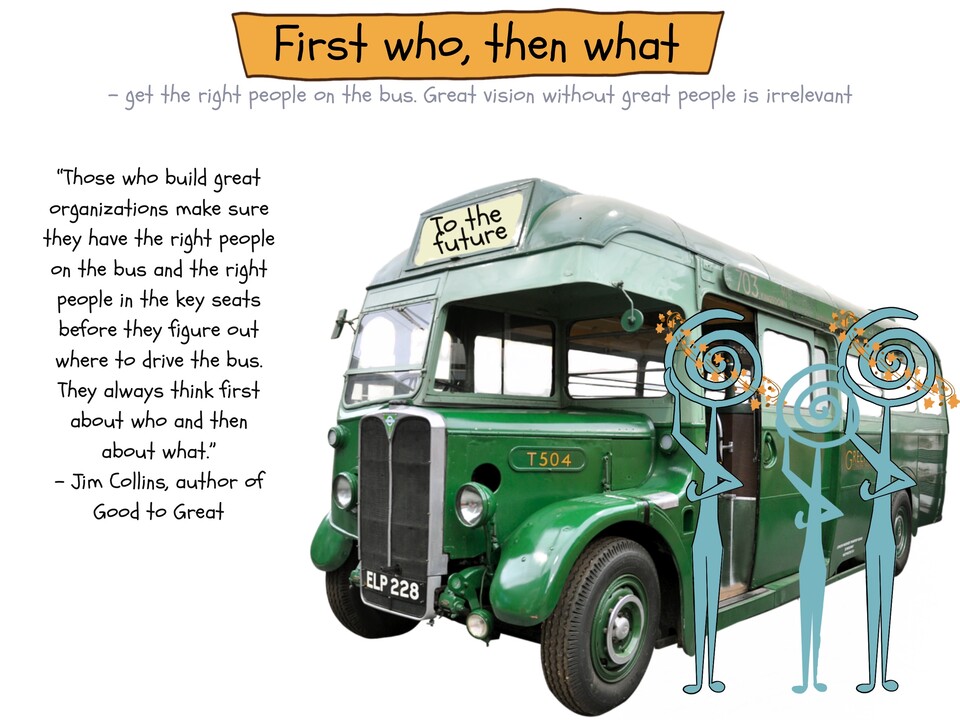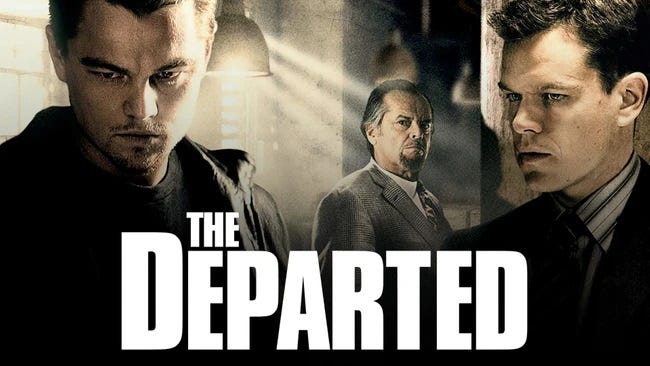
GUEST POST from Janet Sernack
One of my coaching clients shared with me recently how she was feeling insecure in her job role and lacking motivation. The company she works for is acknowledged as an entrepreneurial industry leader. Because it is currently being challenged by poor sales performance, it has hunkered down and frozen any change initiatives, learning programs or new projects until mid-2025. My client is in a substantial Research and Development function, crucial to innovation, so we aimed to explore new ways of helping the company use their existing equipment (capital investments) and resources (people and expertise) to design and deliver low-cost and sustainable innovations to the market. To create a focused, meaningful, purposeful role and a values-based motivating opportunity for my client to be proactive, that impacts the company by adding value to the bottom line by improving productivity and cost efficiency because anyone can learn to innovate.
Learning to innovate
As a result of our short time together, my client felt confident and empowered, motivated and energized, to invest time in learning how to apply her current skills and strengths, focus and attention to connect with key people and resources, explore options globally for identifying new business development opportunities, and in developing her technical skillset.
My client enrolled in an online innovation learning program to learn to innovate by acquiring the fundamentals of mindset and behavior changes to shift their thinking and act differently.
The innovation imperative has shifted
- Productivity growth needs to accelerate
According to McKinsey and Co, in the article “Investing in Productivity Growth” it’s not only time to raise investment and catch the next productivity wave; the world needs to and can accelerate productivity growth.
“Productivity growth means getting more from our work and our investments. It is especially needed now as the world faces the many challenges of a new geo-economic era. Productivity growth is the best antidote to the asset price inflation of the past two decades, which has created about $160 trillion in “paper wealth” and even larger amounts of new debt”.
- Adapting to the new net zero reality
The world is currently not on track to meet net-zero targets, yet many opportunities are available to accelerate efforts and help meet de-carbonization goals. Whilst some progress has been made to reduce global carbon emissions, under the current trajectory, the world won’t achieve net-zero emissions even during this century. Again, according to McKinsey and Co., in an article “Adapting to the new net-zero reality”, mitigation efforts alone are no longer sufficient – the world will need to adapt as well by going green, ramping up technologies and increasing investments.
- Improving cost efficiencies
According to new BCG research, corporate leaders are making better cost management a priority as a hedge against ongoing economic, financial, and political uncertainties, stating that:
“Wholesale cuts are one way to manage costs. However, drastic measures such as sudden workforce reductions may lead to unintended consequences because they fail to address the root causes of inefficiencies. Nor do they position an organization for future success”.
- Generative Ai is a critical enabler of innovation
Whether the organization focuses on developing new products, services, processes, or business models, Generative AI (GenAI) can enhance and challenge the work of leaders and teams across all phases of the innovation cycle and process.
By learning to innovate through knowing how to generatively question and listen, reveal and challenge operating beliefs and test assumptions to enable them to emerge, diverge, converge and prioritize high-quality creative ideas for change.
According to BCG in a recent article, “To Drive Innovation with GenAI, Start by Questioning Your Assumptions.”
“GenAI’s most prominent contribution is in idea generation and validation—innovation’s divergence and convergence phases. Yet, it can play an even more critical role in helping leaders confront and update the strategic assumptions at the foundation of their business and innovation strategies: the doubt phase of the cycle. Organizations that regularly question their beliefs are more resilient because they are more likely to see and position themselves to benefit from the shifts on which competitive advantage turns”.
The innovation imperative is paradoxical.
Suppose we combine the contradictory features or qualities of developing productivity growth while adapting to the new net zero reality and improving cost efficiencies. In that case, many organizations have reverted to their conventional, business-as-usual focus, relying on Generative Ai to solve their problems.
This demonstrates a typically faddish response to a revolutionary, transformative new invention whilst being avoidant and resisting the urgent need to change by building the fundamental foundations in learning to innovate.
- Thinking and acting differently
Anyone can learn to innovate, and it starts with allowing, accepting and acknowledging that a business-as-usual focus, avoiding risk, making the tough decisions and resisting change are no longer effective, profitable, or sustainable because:
- We all know that doing the same thing and expecting a different result is the definition of insanity.
- We can no longer afford to keep producing the same results that no one wants.
- We can’t solve the problem with the same thinking that created it; we have to learn how to be, think and act differently to deliver the sustainable and innovative solution we want to have.
Learning to innovate requires a radical strategic shift
- Harnessing collective intelligence
Anyone can learn to innovate; it’s simply a matter of knowing, combining, leveraging and scaling people’s multiple and collective intelligence – heads/cognition, hearts/emotions and hands/actions.
- Revealing and closing knowing-doing gaps
Then, we should align these to close the significant knowing-doing gap or disconnect between what people know and what people do.
Everyone knows that innovation is the most impactful lever to use to scale and leverage change, yet are primarily unwilling to pause, stop and take time to retreat from their short-term focus, pay attention and reflect on how to equip people with the innovation fundamentals by getting people’s:
- Heads to make sense of innovation and what innovation means by defining and framing it in their organization’s unique context, setting a strategic focus, determining the level of risk involved in achieving it, and mitigating the roadblocks that may arise.
- Hearts aligned to embody and enact what innovation means by setting and sharing a passionately purposeful reason for innovation, building change receptivity and readiness for designing and delivering a range of bespoke deep learning processes and equipping people to activate it.
- Hands dirty by creating a safe environment where people are encouraged to emerge and share creative ideas and permission and be allowed to experiment by making small bets and mistakes and learning by doing to know what not to do.
Innovation requires a strategic and systemic focus
Innovation is subjective and contextual, so it must be defined and framed in an organization’s unique context. It requires a strategic and systemic focus, so an organization needs to agree on whether they will choose an incremental, sustainable or disruptive strategy and the level of risk.
The 21st century requires us to unlearn, learn, and relearn a different set of mindsets, behaviors, and skills, and anyone can learn to innovate.
Commitment and conviction to learn to innovate
It’s only through being committed and having the conviction that my coaching client now has – to explore new ways of helping their organizations use their existing capital investments, collective intelligence, people resources, and expertise, supported by Generative AI and deep learning processes, to design and deliver low-cost and sustainable innovations to the market.
Image Credit: Pexels
 Sign up here to join 17,000+ leaders getting Human-Centered Change & Innovation Weekly delivered to their inbox every week.
Sign up here to join 17,000+ leaders getting Human-Centered Change & Innovation Weekly delivered to their inbox every week.

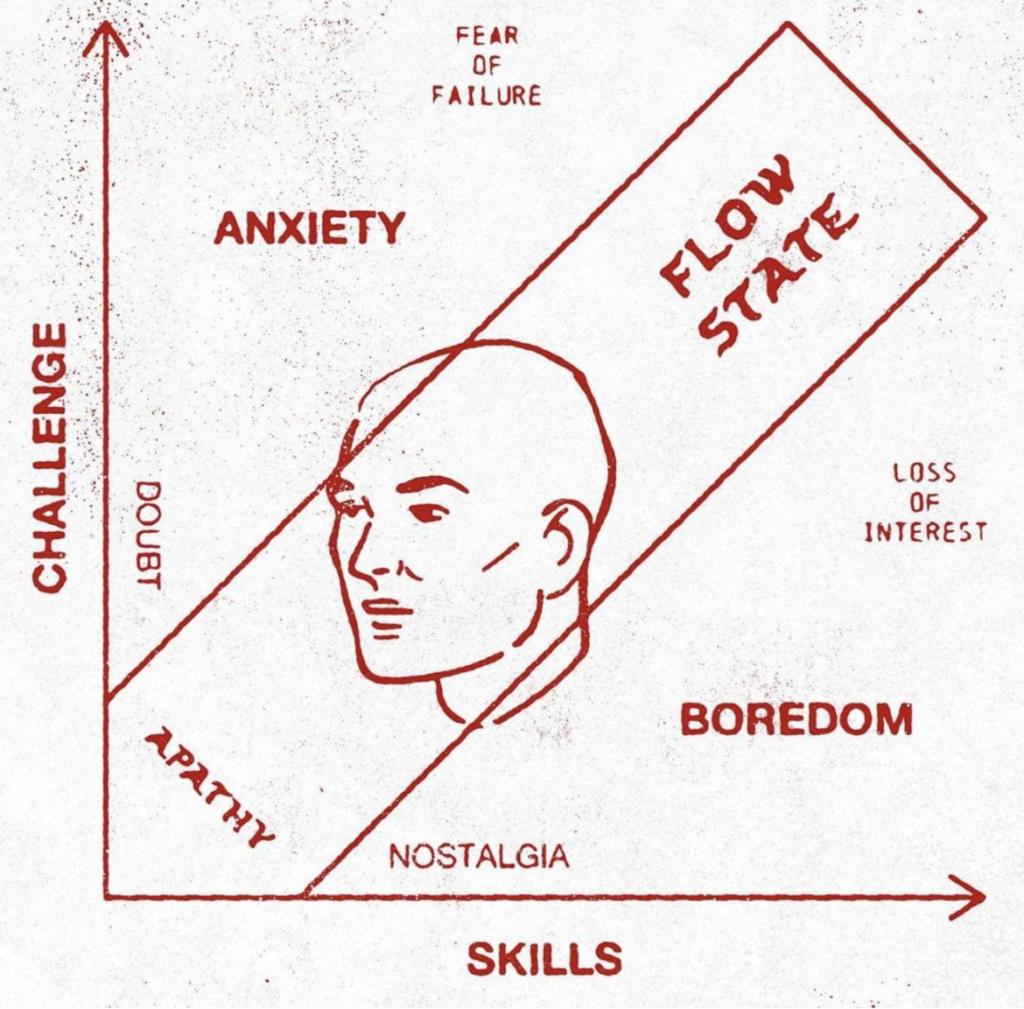
![]() Sign up here to join 17,000+ leaders getting Human-Centered Change & Innovation Weekly delivered to their inbox every week.
Sign up here to join 17,000+ leaders getting Human-Centered Change & Innovation Weekly delivered to their inbox every week.

